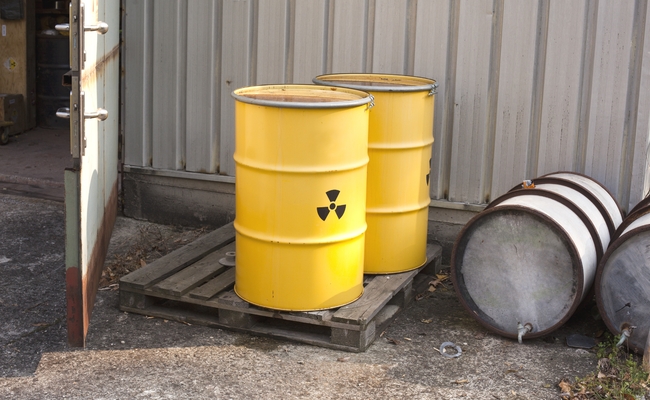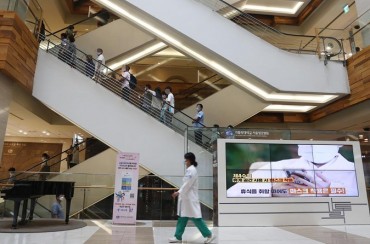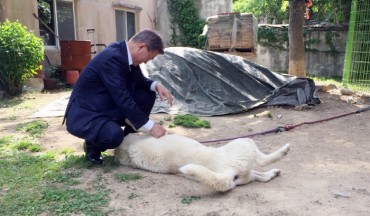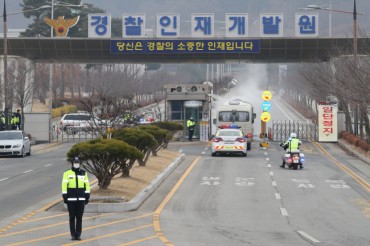
The Korea Atomic Energy Research Institute (KAERI) and the Korea Hydro and Nuclear Power Co (KHNP) are locked in a stalemate as to which organization is responsible for radioactive waste currently stored at the KAERI’s Daejeon location. (Image: Korea Bizwire)
DAEJEON, Oct. 26 (Korea Bizwire) – The Korea Atomic Energy Research Institute (KAERI) and the Korea Hydro and Nuclear Power Co (KHNP) are locked in a stalemate as to which organization is responsible for radioactive waste currently stored at the KAERI’s Daejeon location.
With existing laws failing to explicitly define ownership over nuclear waste, both sides have dug in behind their own interpretations, while placing the onus on the other. Currently, the KAERI is holding the radioactive waste in question as a temporary measure due to the lack of appropriate mid-term storage infrastructure for spent nuclear fuel. Disposal generally follows a three-step process of temporary, mid-term and long-term storage.
The problem of what to do and who should do it became a public issue after the presence of stored radioactive waste, situated near the heart of the city of Daejeon, was publicized last year.
The KAERI from 1987 through 2013 took in 3.3 tons of spent nuclear fuel from reactors around the country for research purposes, with the intention of returning the material. This has been objected to by the KHNP, which has insisted that at least 80 percent of the waste’s ownership rights have been transferred to the KAERI.
As evidence, the KHNP points to a document filed by the KAERI in April of 1987, which names the Korea Electric Power Corporation (parent company of subsidiary KHNP) as grantor and the KAERI as grantee for the transfer of 1,351 spent nuclear fuel rods to be collected from the reactors Kori 1 and Kori 2 between 1987 and 1993.

Though the government weighed in on the dispute last year, decreeing that the radioactive waste be returned to the Busan-located KHNP, the intensity of the ensuing public outcry from citizens and the political sphere of the Busan Metropolitan Area is believed to be a major roadblock. (Image: Yonhap)
The KHNP also points out that the bottom of the document is signed with the following: ‘Notification of the Transfer of Radioactive Material in accordance with Article 120 of the Enforcement Rule of the Atomic Energy Act’.
When asked to comment, the KHNP replied that of the 1,351 rods, the organization holds ownership responsibilities for 348, while the rest must remain in the hands of the KAERI.
The KAERI fired back, stating, “The notification document for the transfer of radioactive material filed between 1987 and 1993 was a necessary legal requirement dictated by regulations at the time in order to transport [the radioactive material].” It emphasized that “ownership as a concept is nonexistent in the Atomic Energy Act.”
Though the government weighed in on the dispute last year, decreeing that the radioactive waste be returned to the Busan-located KHNP, the intensity of the ensuing public outcry from citizens and the political sphere of the Busan Metropolitan Area is believed to be a major roadblock.
S.B.W. (sbw266@koreabizwire.com)






